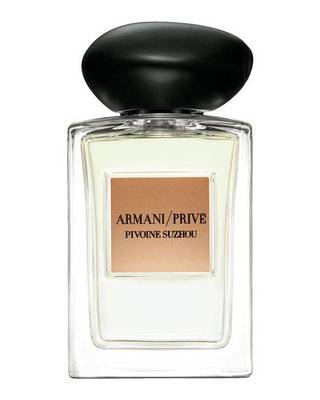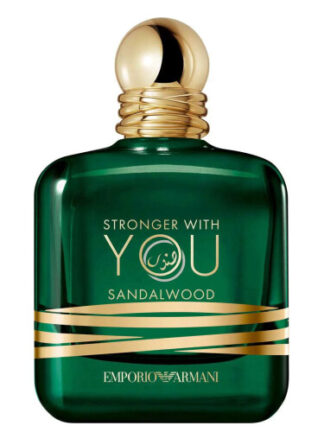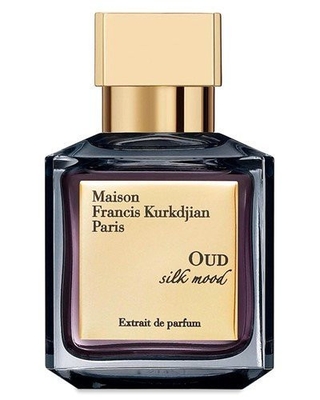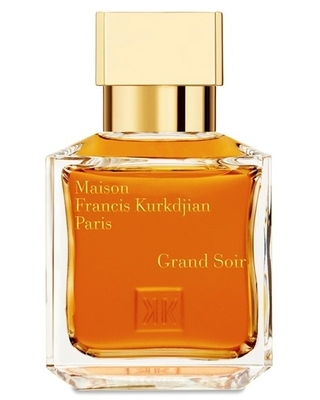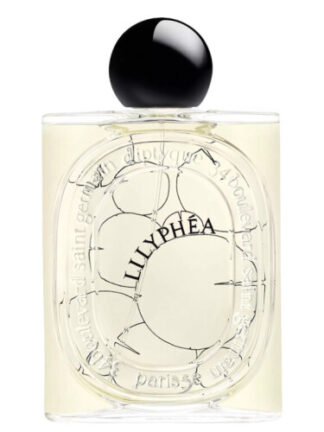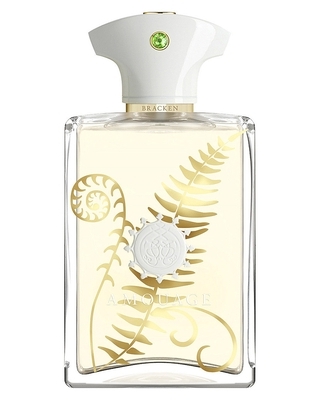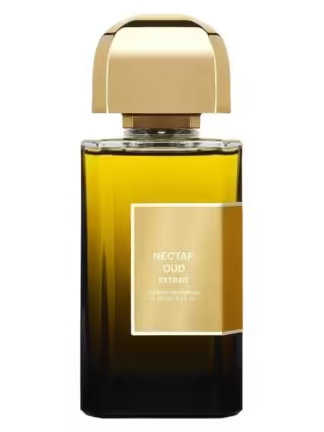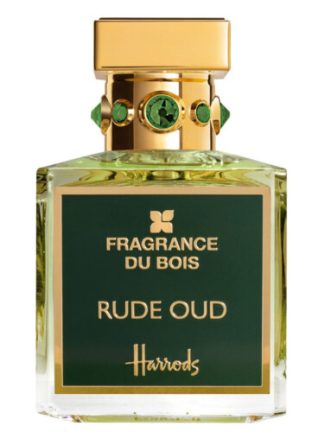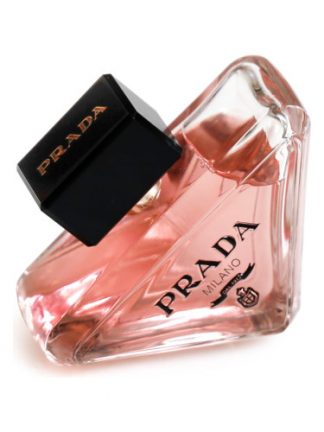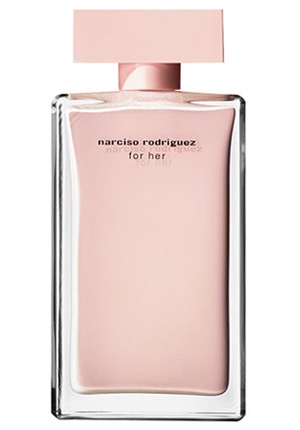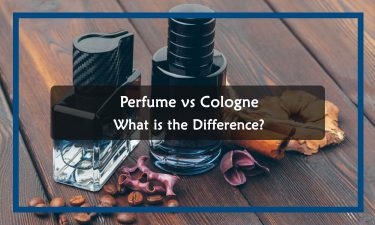
Types of perfumes can be confusing, especially if you don’t understand French. You don’t need to worry anymore; it is not rocket science. The variation of perfume is simply about concentration variance. The percentage of pure perfume essence or oil determines the category for different types of perfumes.
Fragrances are made by blending natural or synthetic fragrance oils and other carrier liquid like alcohol or water. Fragrances are made from various elements. Some are common, and some are very rare. Perfume vs Cologne is nothing but the different levels of the essence in the dilute.
Cologne vs Perfume
A breakdown of all the differences between perfume and Cologne are the following:
· Origin
Cologne: Originally, Cologne or Eau de Cologne was created by Giovanni Maria Farina in 1709. He was an Italian perfumer who settled in Cologne, Germany.
When he got citizenship there, he made a perfume that would remind him of this hometown. He named it after the new town, Cologne. From then it started becoming popular. He described Cologne as daffodils and orange blossoms after rain in an Italian spring morning in the mountains.
The Cologne Farina made become popular among the royals of Europe. In 1797, the French established free trade. Therefore, many businesses started producing their own version of Eau De Cologne due to its vast popularity.
Perfume: The word perfume comes from the Latin word perfumare. The art of creating perfume has started in ancient times. It began in Egypt, Mesopotamia, and possibly in China as well.
The first recorded perfumer is named Tapputi. She mixed flowers, oils, and other aromatic ingredients to create perfume. In 2003, the world’s oldest perfume was discovered, which dates back more than 4000 years.
· Concentration
Cologne: Eau De Cologne, or simply Cologne, is a very light and fresh fragrance. Typically it is made with elements that are not too strong, like citrusy or floral ingredients. Also, fewer components are used for Cologne.
Scents that have a lower concentration of perfume oil is called Cologne. Usually, the amount is 2 to 4 percent of the perfume oil. The percent can vary depending on the ingredients used for the Cologne. The rest is alcohol and water.
Perfume: Perfume is the most intense version of the fragrance. It contains the most amount of perfume oil compared to other types of fragrances. It is considered an intense fragrance for having more concentration of pure perfume. Typically, these perfumes contain about 20 – 40 percent of perfume oil.
· Lasting Power
Cologne: As Cologne is a less concentrated perfume oil, it lasts comparatively less time. They last about 2 to 3 hours.
Perfume: Perfumes are made to last a long time. With heavily loaded with notes and pure perfume oil, it can last for a day or two. Though it can vary from person to person and how they apply perfume.
· Prices
Cologne: Colognes are slightly on the lower side for having less perfume oil. Depending on the notes, brands, the price differs. In comparison to perfume, Cologne is cheaper.
Perfume: perfumes can be really expensive. It contains the highest amount of perfume oil. Some aromatic elements to make perfume oil is rare and costly. Therefore the total cost goes up for exclusive perfumes. If common ingredients are used, then the price can be a bit less. Comparatively, perfume is more expensive than Cologne.
Perfume, Cologne, and Everything in Between
Cologne has almost the lowest concentration of perfume oil, whereas perfume has the highest. All types are made with pure perfume oil, and the rest is alcohol, water, or both. Depending on the pure essence percentage, a few more categories also exist between perfume and Cologne.
- Eau Fraiche: 1-3% of perfume oil, the lowest concentration of perfume oil, rest is water and alcohol. It lasts less than 2 hours.
- Eau De Cologne (EDC): 2-4% of perfume oil, rest is water and alcohol. These are usually refreshing scents that are not too strong. They last about a few hours.
- Eau De Toilette (EDT): 5-15% of perfume oil, moderate concentration of perfume essence. These fragrances last for about 3 hours.
- Eau De Parfum (EDP): 15- 20% of pure essence. These types are commonly used—these last for several hours, like more than 6 hours.
- Perfume (Parfum): 20-40% of perfume oil. The highest concentration you can get in perfumes. It can last up to a day or more.
Perfume Is for Women; Cologne Is for Men: The Biggest Misconception
Eau Fraiche, Eau De Cologne, Eau De Toilette, Eau De Parfum and Perfume or Parfum is pretty much the same with different level of perfume oil concentration.
A common misconception exists among all that perfume is for women, and Cologne is for men, which is not true at all. Perfume and Cologne differ in the concentration of perfume oils.
In 1900, a renowned razor company came out with safety razors and introduced the idea that you should use Cologne on your face after shaving. From then, it started to be associated with men. Therefore, now commonly, Cologne is known for men.
Cologne is nothing but a masculine way of saying perfume for men as perfume seems too feminine to some people. Therefore, many companies are also marketing men’s perfume as Cologne. In case you are wondering, fragrance is the gender-neutral term for perfumes or colognes.
Truthfully, every fragrance is unisex. Still, the scents that smell more floral are sold as female perfumes, and the musky, woody ones are marketed as men’s Colognes. Colognes, with more of a floral scent, is marketed to women as body mists.
To Conclude
This point should clear up the confusion of Perfume vs Cologne. Now you know the first question that comes up commonly in everyone’s mind. After knowing the difference between perfume, Cologne, and other types of fragrances, you can go forward in your journey of learning about fragrances.

